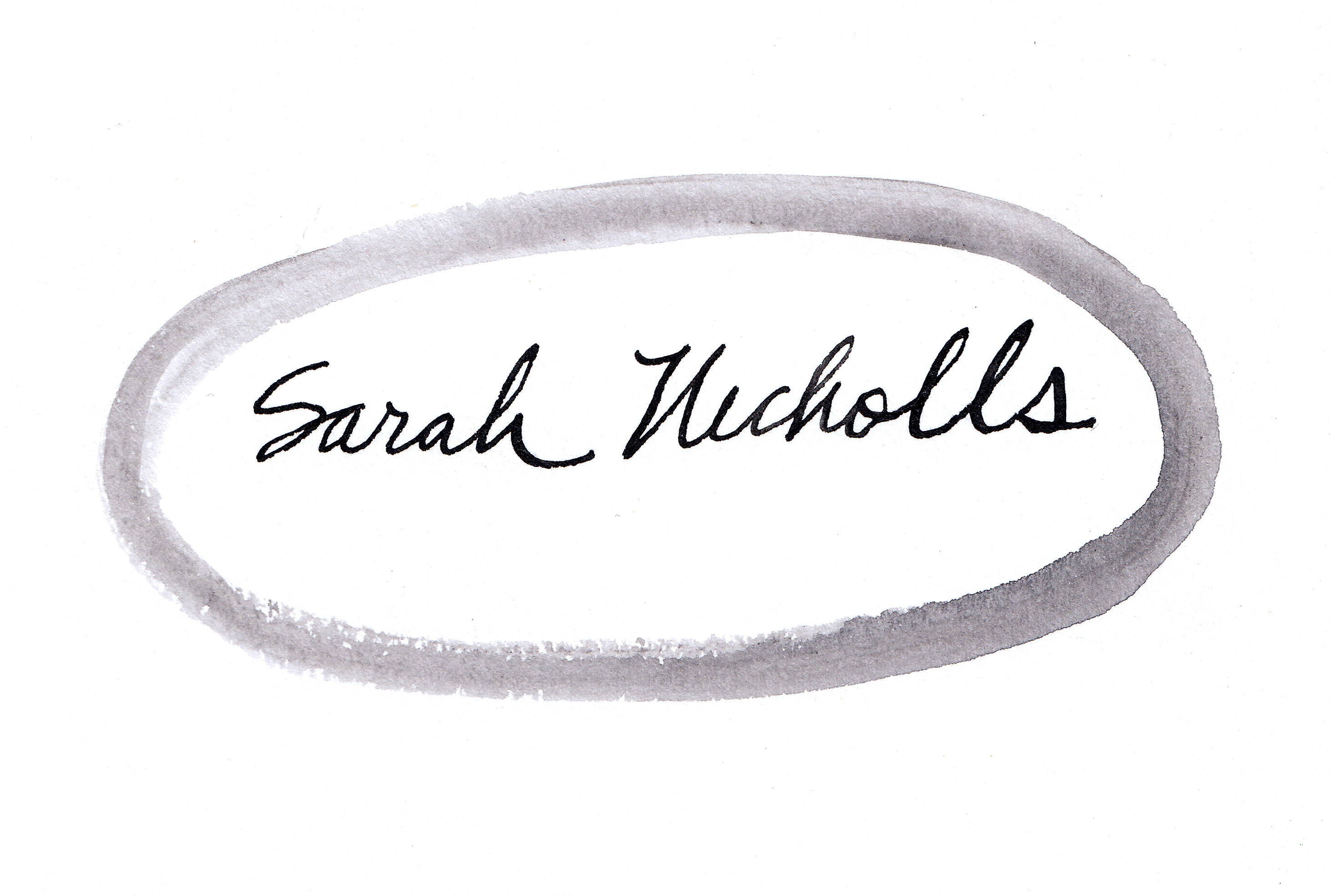GCP Walk, Flushing Meadows Corona Park
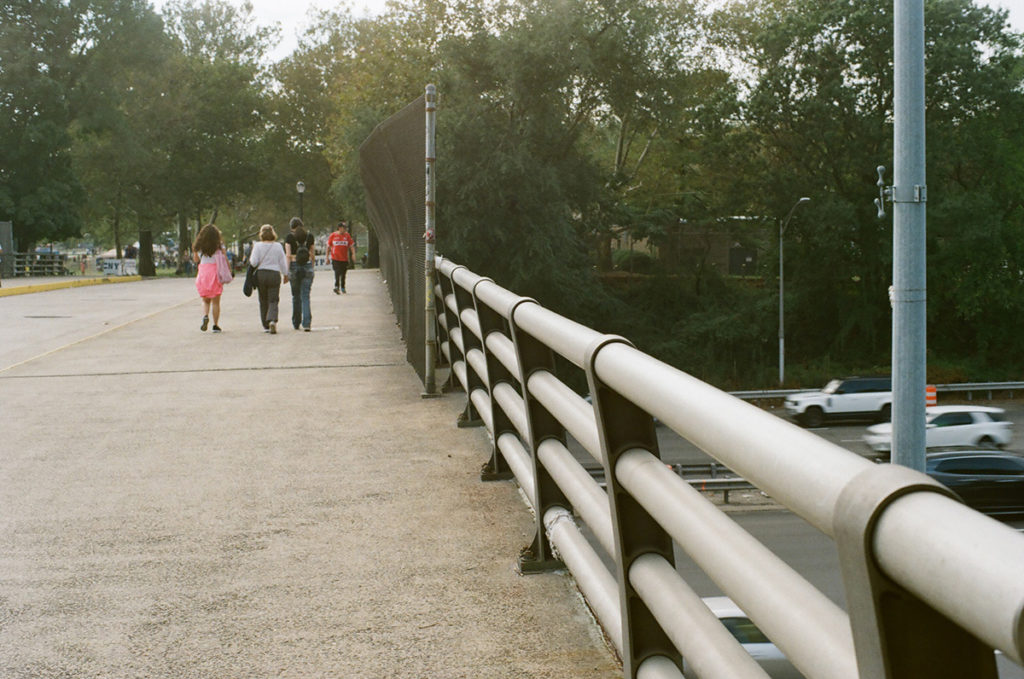
Walking into Flushing Meadows Park itself, you kind of have to pass through a highway, no matter which direction you come from. The Grand Central runs along the west side of the park, and the Van Wyck runs along the east side. The Long Island Expressway splits the park in half. You can tell this is a park made by Robert Moses.
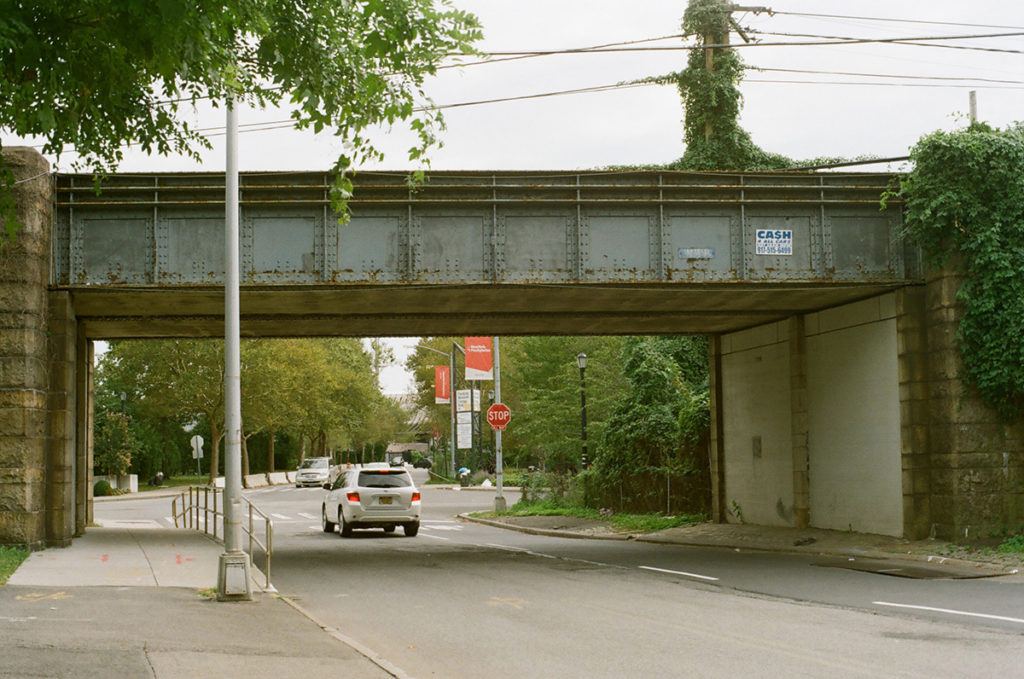
This park was built on a salt meadow, land that had been inhabited by the Matinecocks before the arrival of the Dutch in the seventeenth century. By the nineteenth century the land had become a scenic waterfront resort for the wealthy, with views onto Flushing Bay and the river that flowed into Queens from the bay. But then industrialization came to Flushing; the wetlands around Flushing River was filled in with landfill by the end of the nineteenth century and turned into an ash dump for New York City’s household refuse and furnace ashes. F. Scott Fitzgerald wrote about the “valley of ashes” in The Great Gatsby.
“This is the valley of ashes—a fantastic farm where ashes grow like wheat into ridges and hills and grotesque gardens; where ashes take the forms of houses and chimneys and rising smoke and, finally, with a transcendent effort, of men who move dimly and already crumbling through the powdery air.”
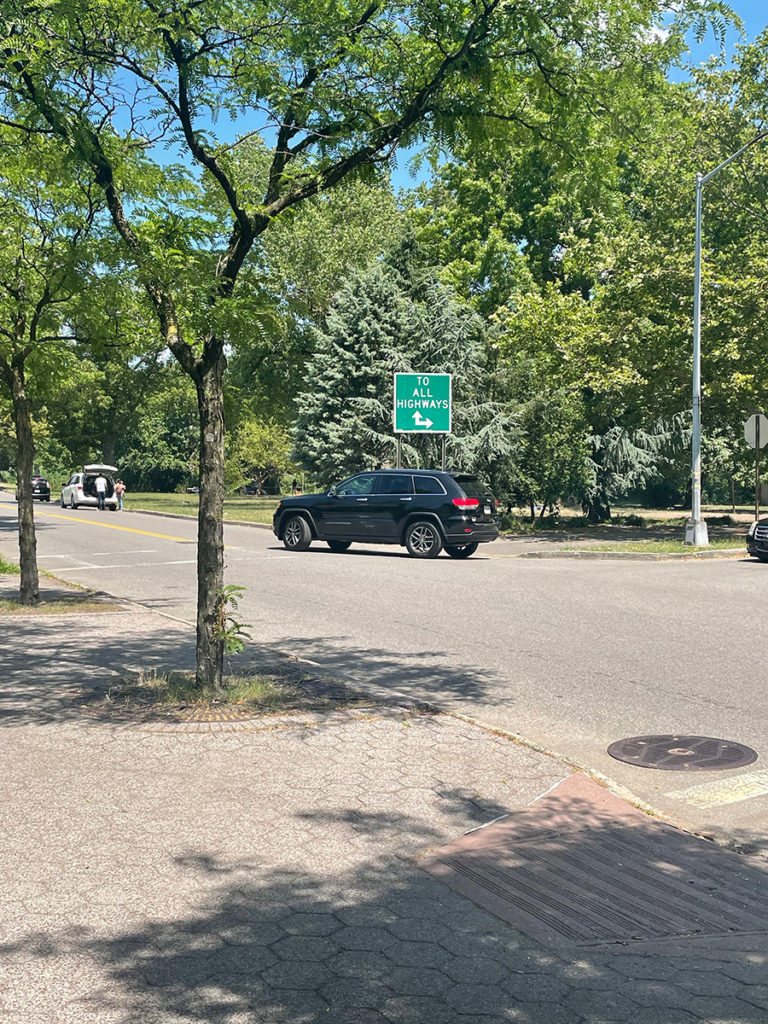
Robert Moses came into the picture in the 1930’s and started remediating the land into the park we have available to us now. He wanted to bring the World’s Fair to Queens, and built the park around this opportunity, relocating the trash heap and constructing the pathways and fields that make up the park. The park hosted the fair twice, in 1939 and in 1964, and is full of the rusty relics left behind.
The mosaics near the subway stop are some of my favorites:
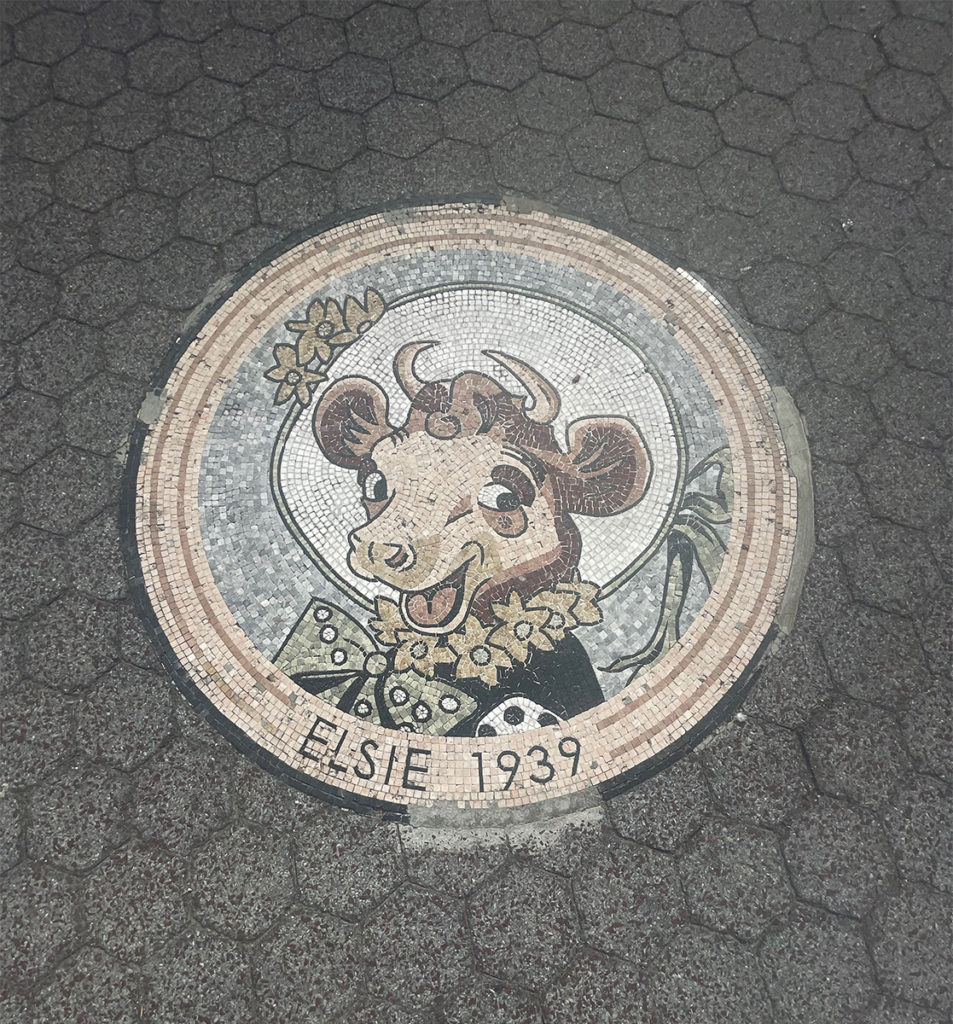
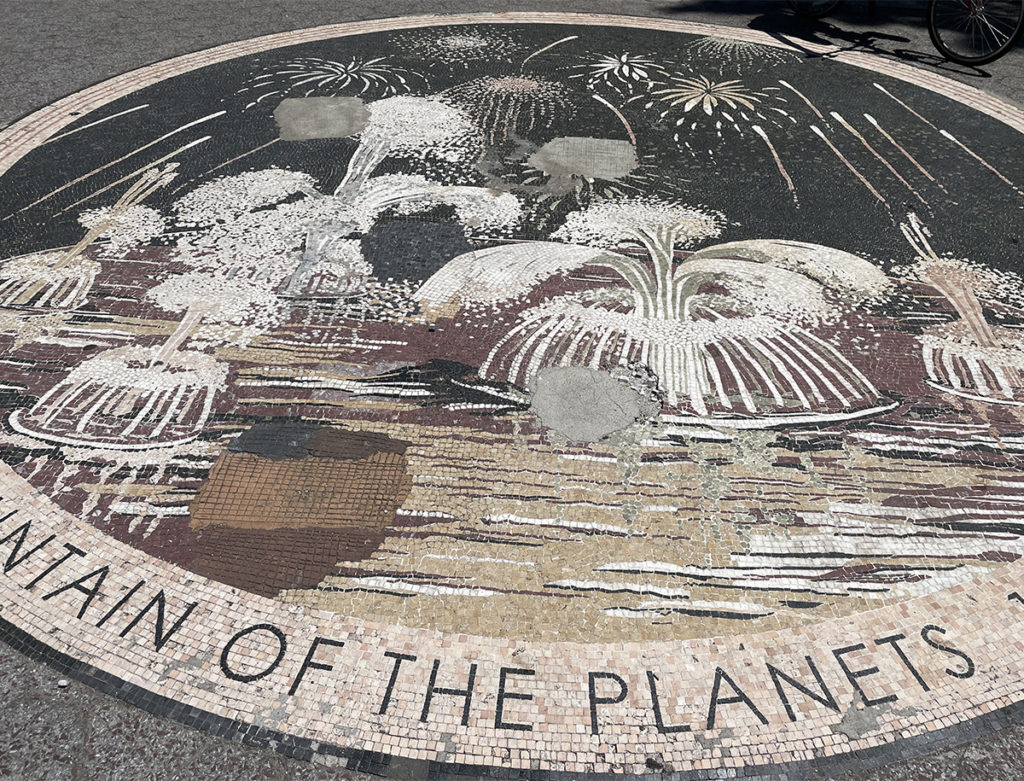
There’s a tribute to one of Queens’s finest:
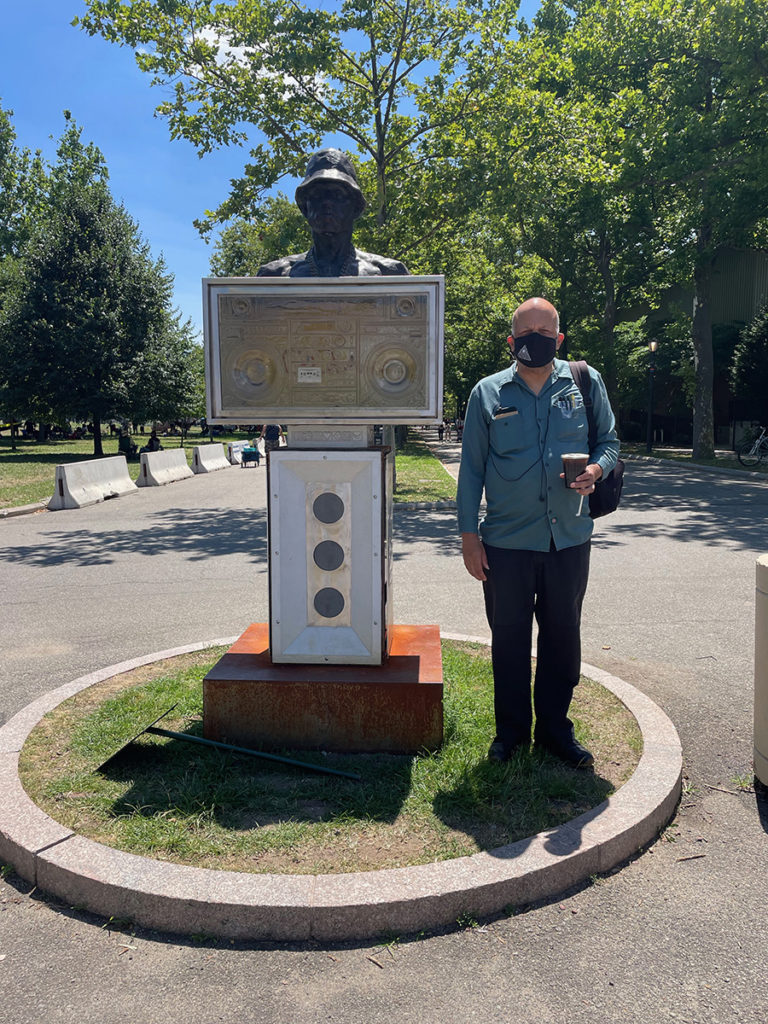
The Unisphere is probably the best known of the World’s Fair relics. It sorts of looms in the distance for a while.
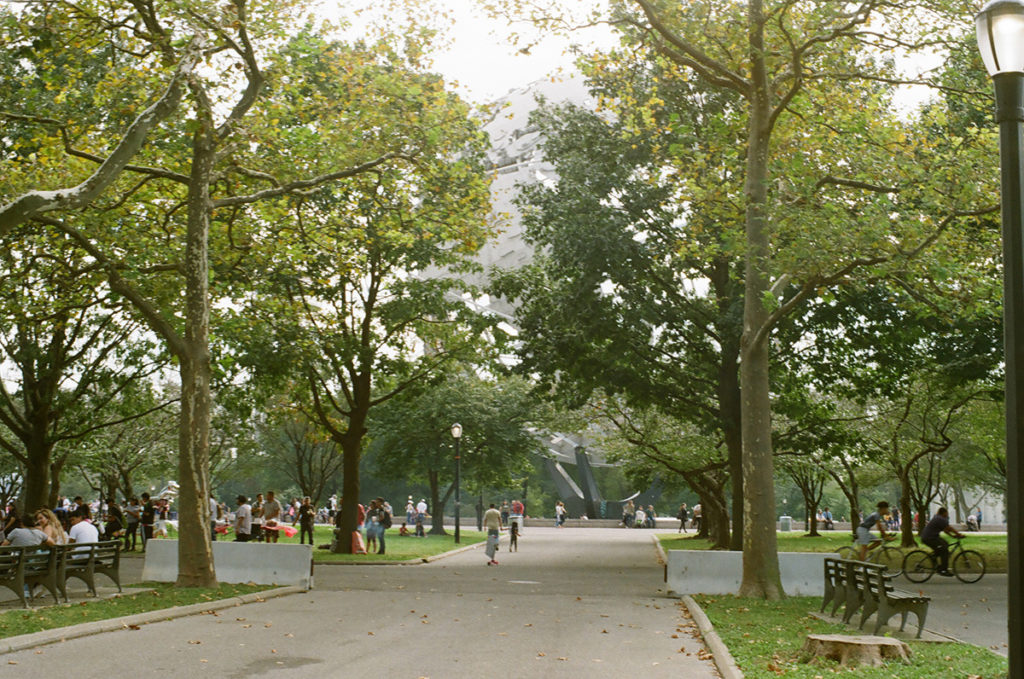
Until all of a sudden there it is.
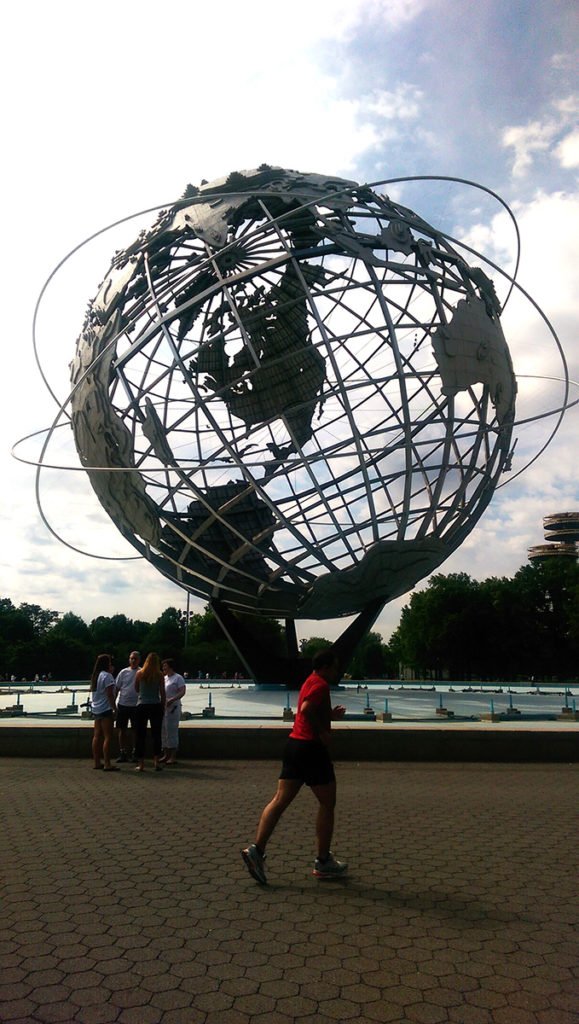
The southern half of the park has two man-made freshwater lakes, Meadow Lake and Willow Lake. They are not the most impressive lakes ever, but you can rent a paddle boat and enjoy them if that’s what you’re into. Nearby are wide flat fields that were full of families barbecuing.
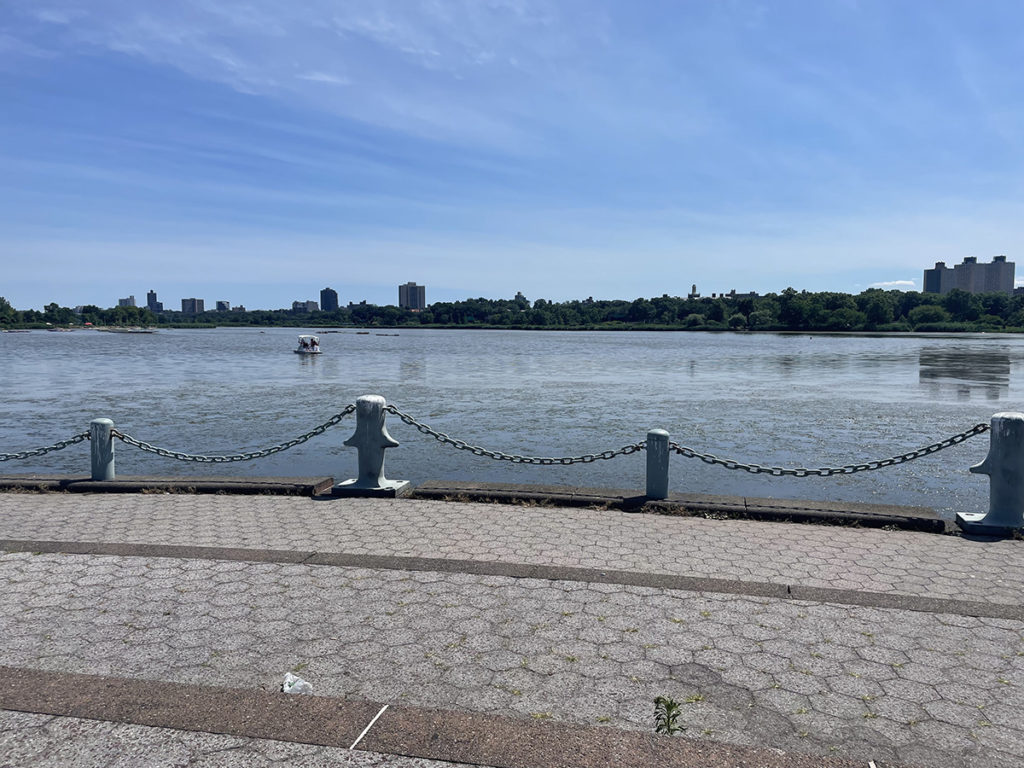
A new thing added to the park, at least I think it’s fairly new, is this misting area near the Unisphere. Small jets are embedded in the walkway and spray mist on you as you walk through. Seriously the best thing ever on a hot day, all parks should get one.
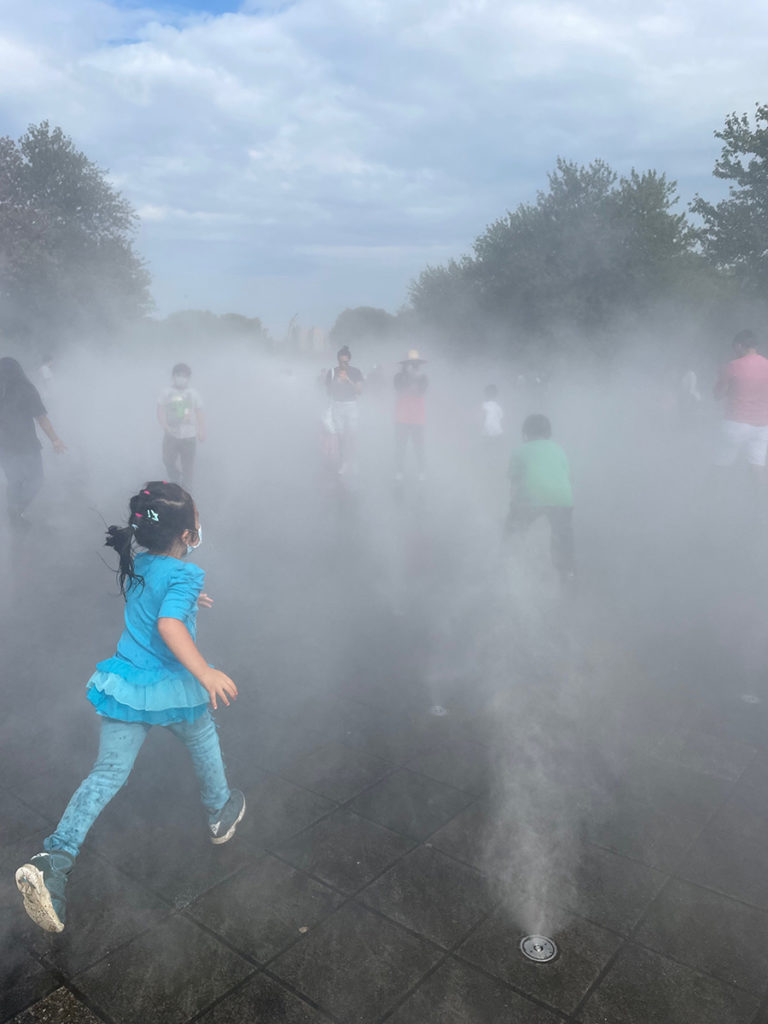
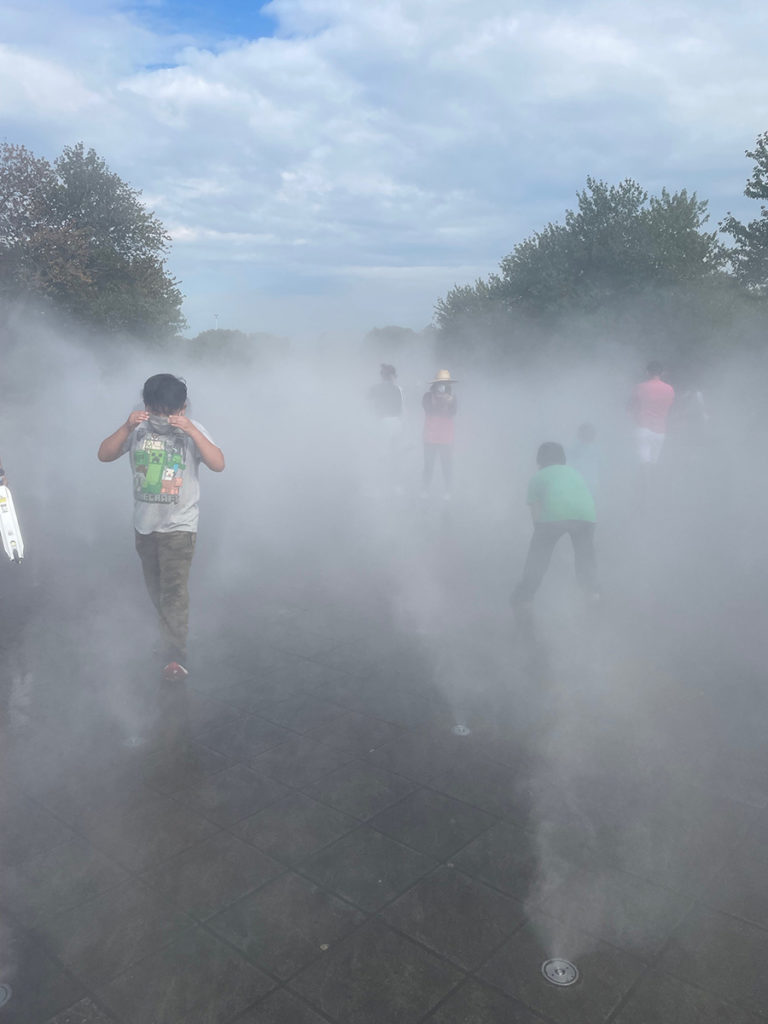
But of course the most refreshing thing about a trip to Flushing Meadows is what you do after you leave the park, which is go get a lemon ice from the Lemon Ice King of Corona and eat it in the little plaza across the street.
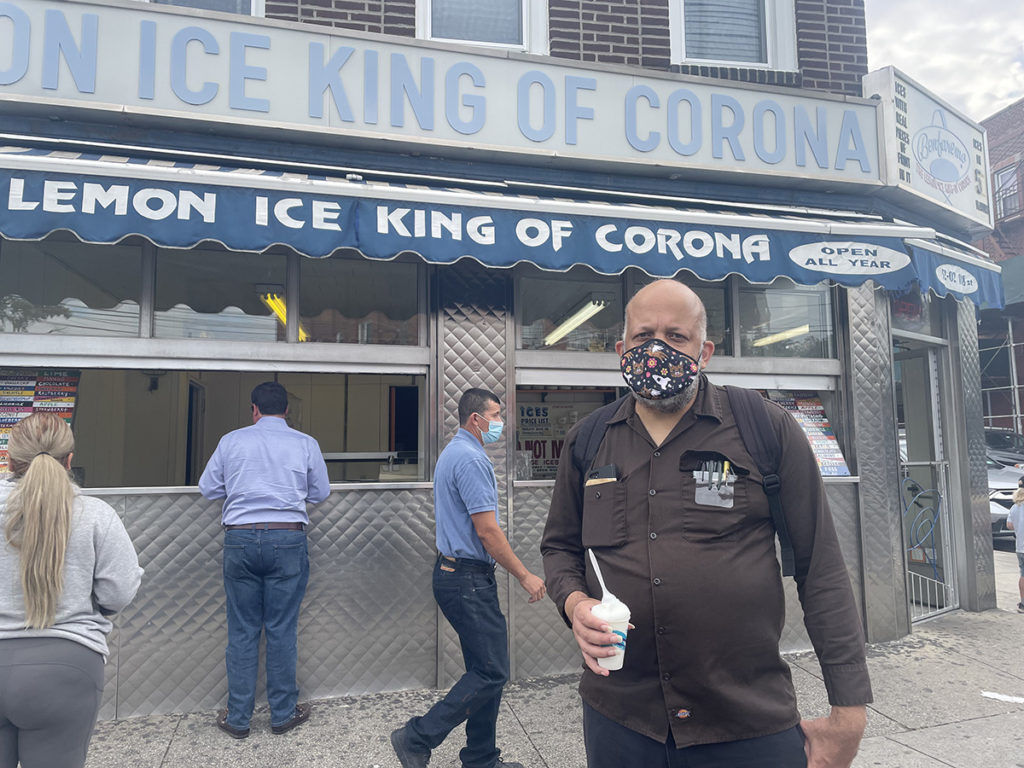
So good. If you are done with park life, you can follow the Grand Central south on the outside of the park, along the service road, through Corona, then Forest Hills, where you find a lot of parked trucks and the backsides of co-ops.
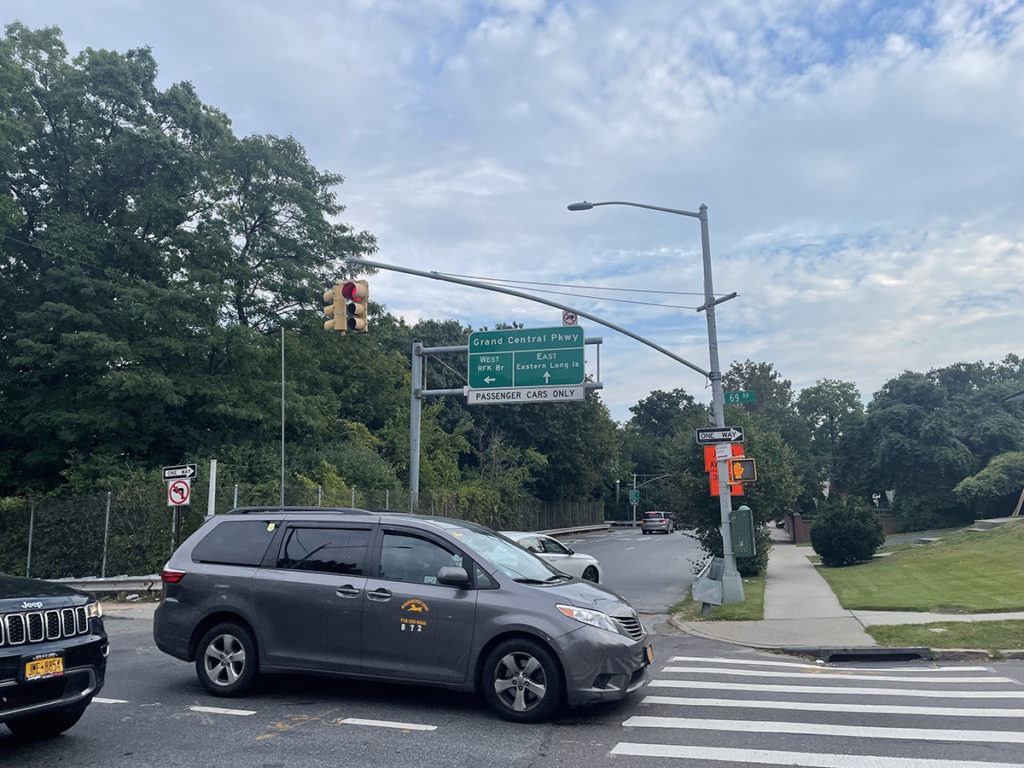
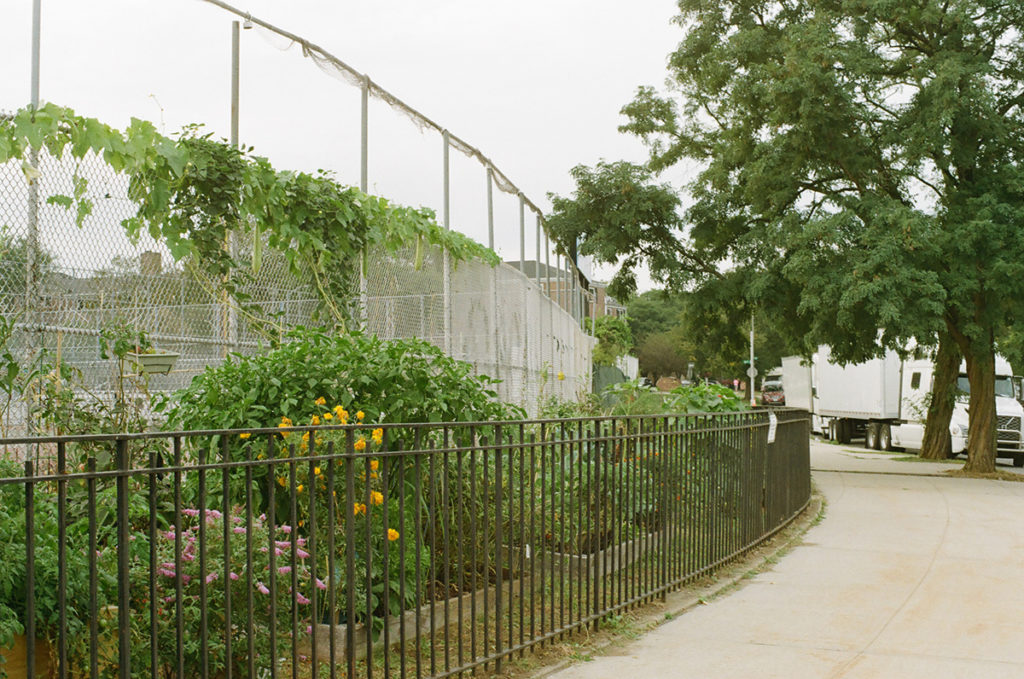
This part of Forest Hills faces away from the highway, trying to pretend it’s not there. Apartment buildings give way to larger and larger houses, with more fiberglass awnings that you thought possible.
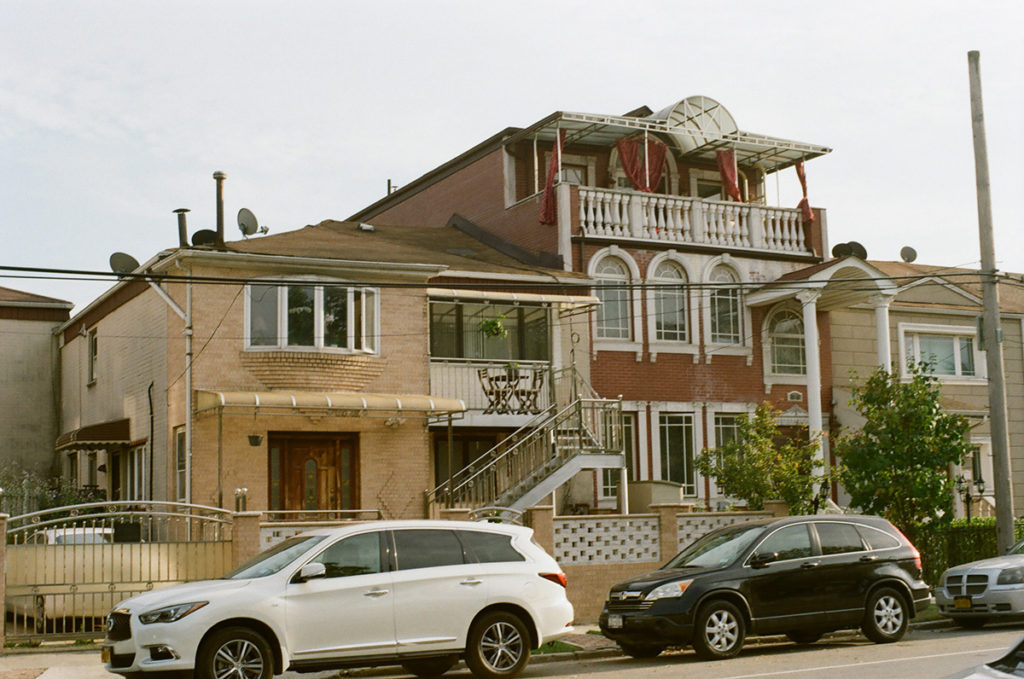
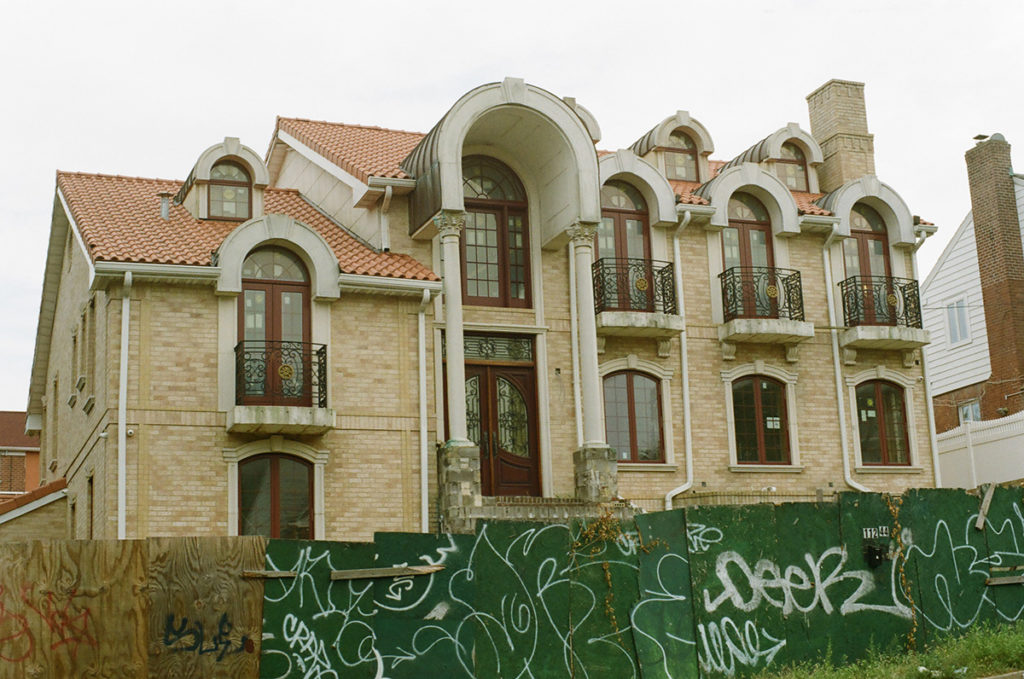
At the south end you find the backside of the Jamaica train yard, the major train depot for the LIRR in Queens. Remember the wetlands of Flushing? They centered around the Flushing River, the source of which now is supposedly a drainage pipe somewhere in this train yard. The River is now more of a creek, covered over in parts, flowing through lots and parkland and under highways until it gets to Flushing Bay.
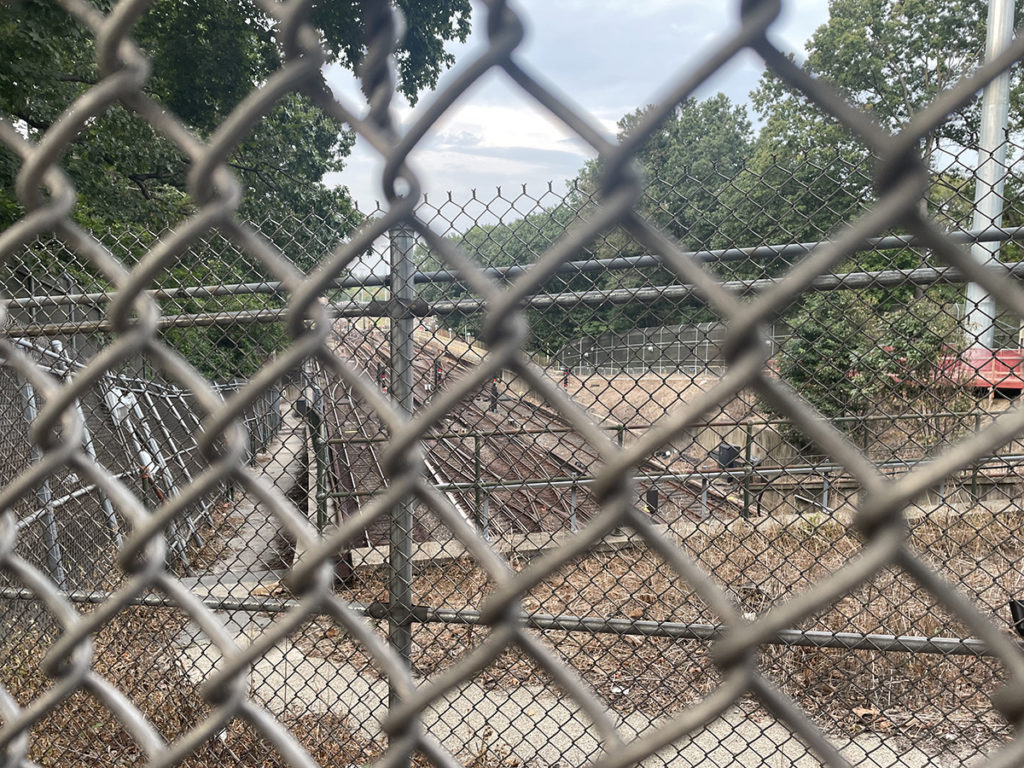
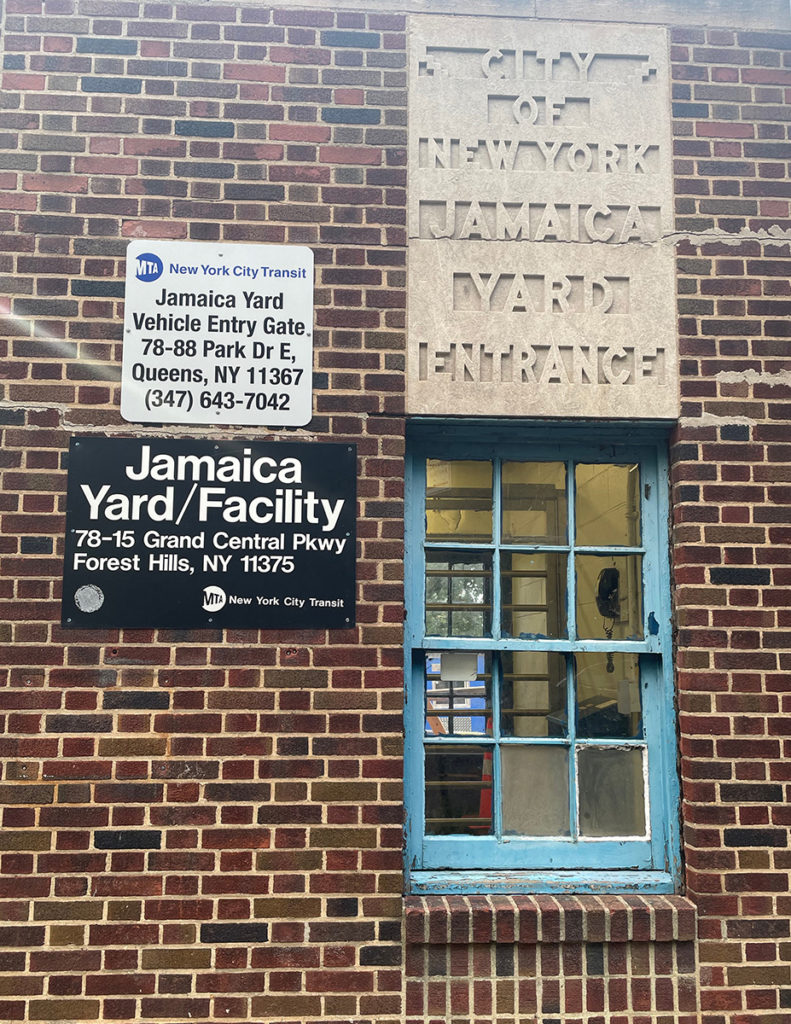
Once past the train yard you are almost at Kew Gardens and Queens Borough Hall, in front of which is the largest tangle of highways you’ve ever seen. Which is where we left off for the day, to be continued.
